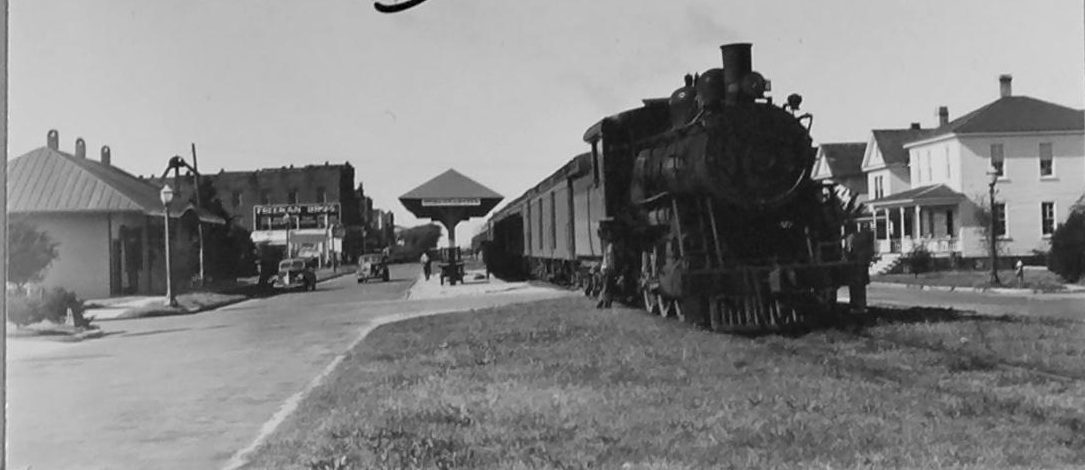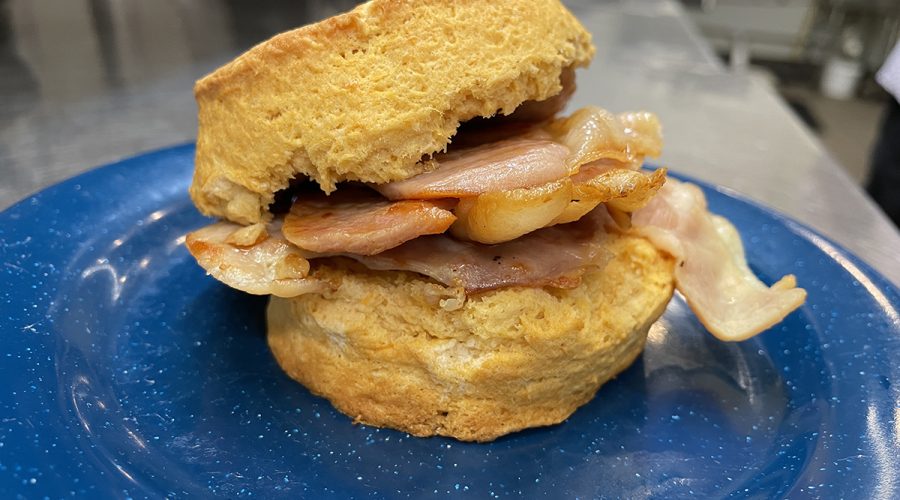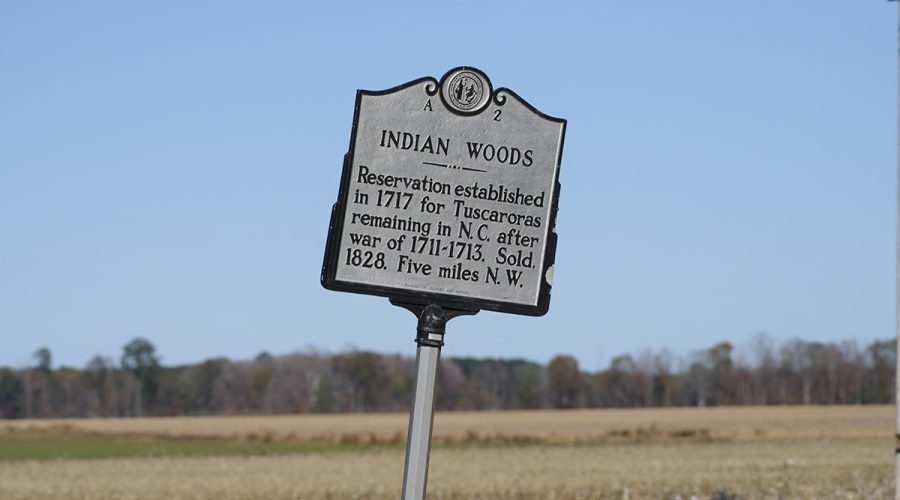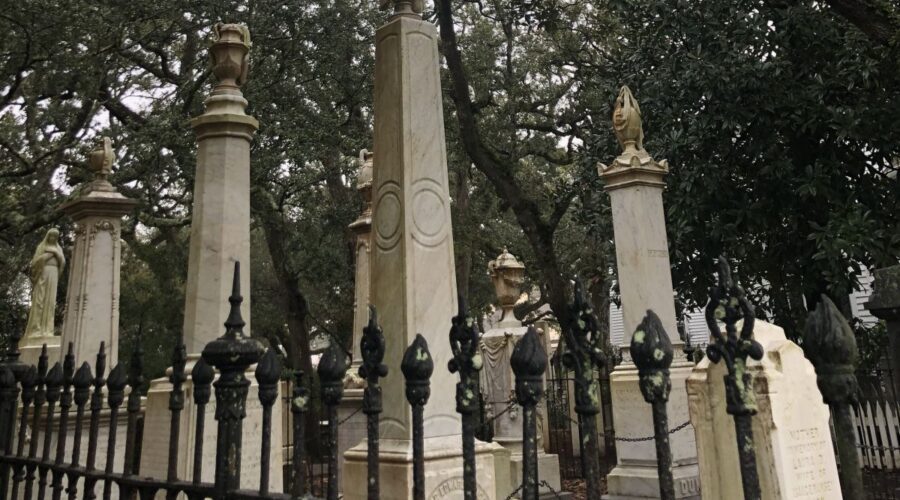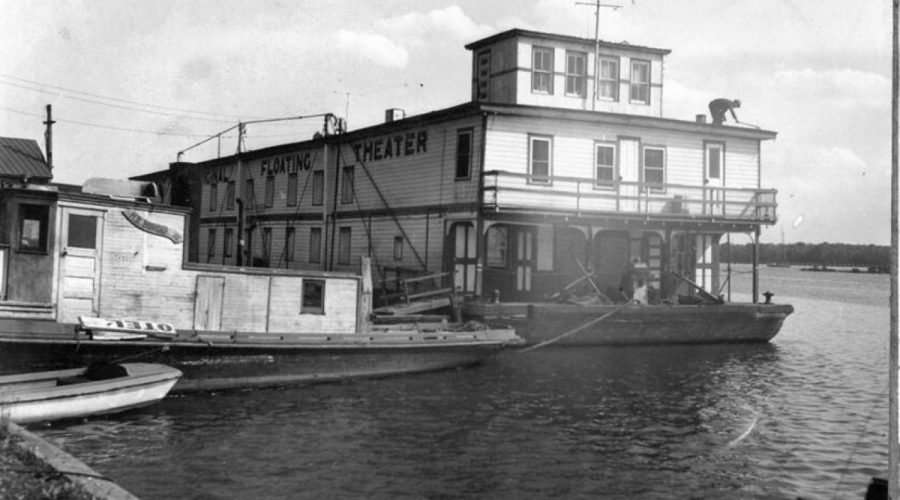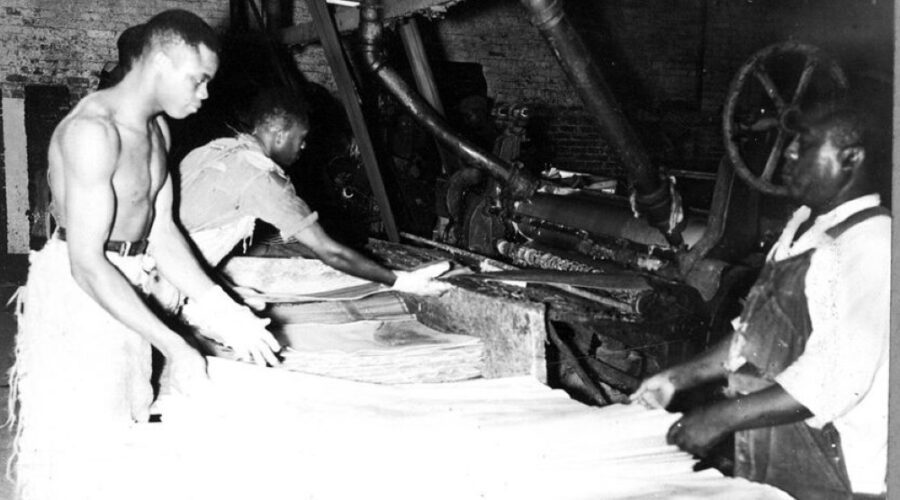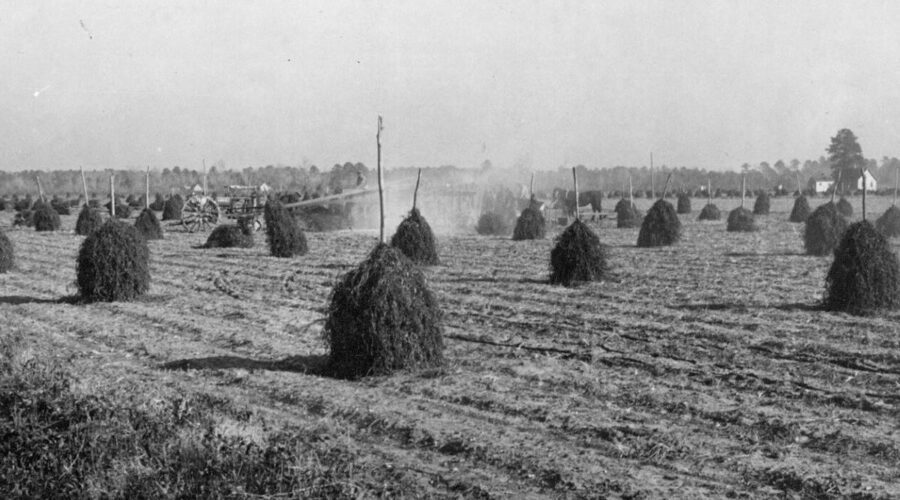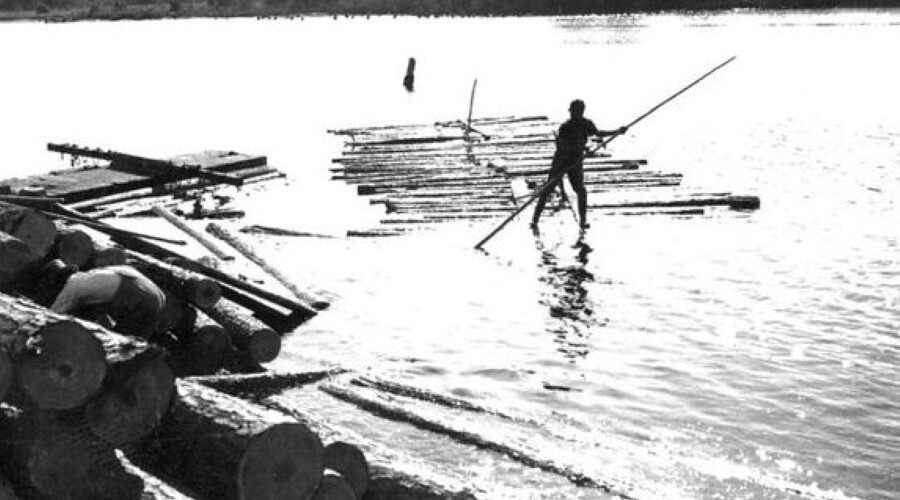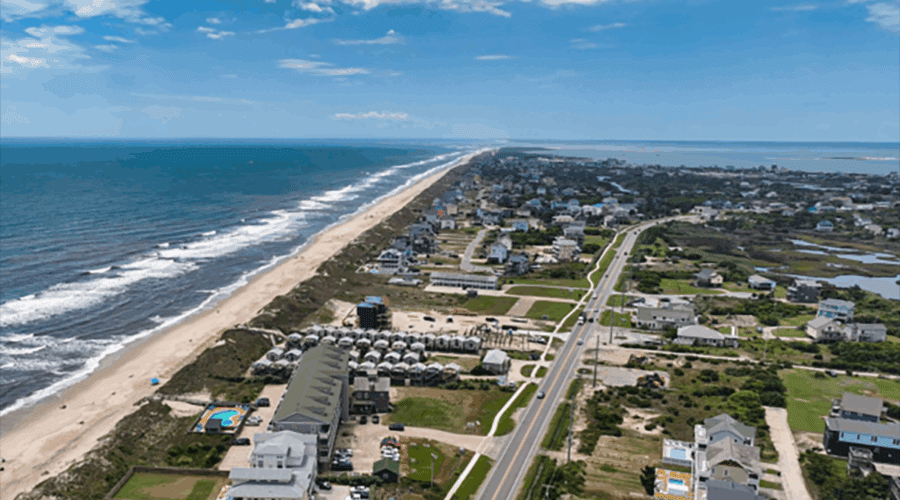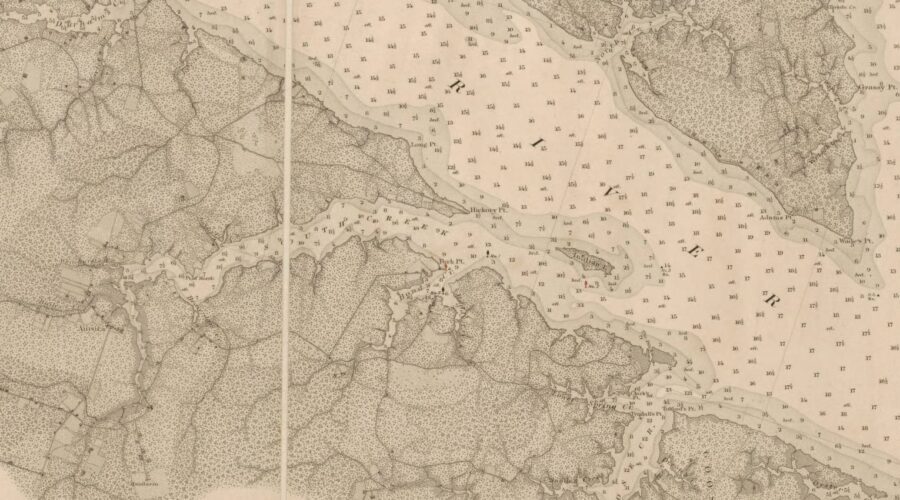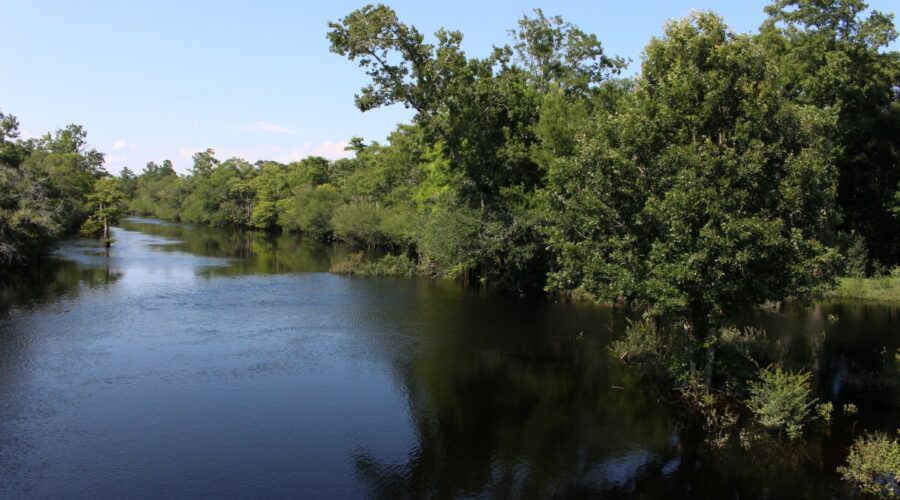Historian David Cecelski looks in this photo-essay in his “Working Lives” series, at several photographs that feature workers on a railroad that old timers called the “Old Mullet Road.”
Culture & History
This biscuit that brings farmers to tears becomes rarer find
One chef’s recipe, inspired by family and honed over years, is a reminder that simple food holds history, emotion and possibilities.
Holiday lights are aglow ahead of annual Waterfowl Weekend
The Core Sound Waterfowl Museum and Heritage Center is celebrating the holidays and heritage with its annual Waterfowl Weekend set for Friday through Sunday at the museum on Harkers Island.
Tuscarora War, hazel eyes: Researcher traces tribe’s lineage
There were numerous factors at play that sparked the Tuscarora War in 1711, historian and descendent Dr. Arwin Smallwood explains the tensions among the tribe that inhabited much of eastern North Carolina and the influx of colonists.
Records point to 13 unmarked graves in Old Burying Ground
Carteret County native Bill Lewis has spent the last few years digging through records to corroborate what he’s always heard: that 13 of his ancestors are buried in unmarked graves in the Old Burying Ground.
Mock pound cake: Guilty pleasure or culinary crime?
The first printed recipe for true pound cake dates to 1747, but the debate over the definition of mock pound cake continues to this day.
New Bern sailor killed at Pearl Harbor identified decades later
Navy Fireman 1st Class Edward Bowden, who was aboard the USS California on that infamous morning in December 1941 and interred as an unknown for more than 80 years, was laid to rest last week at Arlington, bringing closure for his surviving family.
Our Coast: In my great-uncle’s sweet potato fields, 1942
This installment of historian David Cecelski’s photo-essay series, “Working Lives: Photographs from Eastern North Carolina, 1937 to 1947,” is more personal than usual for the author. They were taken at his great-uncle George Ball and his brother Raymond Ball’s potato farm in Harlowe.
Our Coast: On the James Adams Floating Theatre in 1940
Historian David Cecelski in this installment of his photo-essay series, “Working Lives: Photographs from Eastern North Carolina, 1937 to 1947,” goes behind-the-scenes at the James Adams Floating Theatre in 1940, when the vessel was docked on the Pamlico River in Washington.
Our Coast: Sawmill workers of the Roanoke River, 1938-1939
The next installment in historian David Cecelski’s “Working Lives: Photographs from Eastern North Carolina, 1937 to 1947″ series takes the reader to a sawmill, a handle mill, and a veneer plant on the banks of the Roanoke River in 1938 and 1939.
Our Coast: In the peanut fields of Edenton, 1937-1942
“Working Lives: Photographs from Eastern North Carolina, 1937 to 1947″ series begins with a group of 21 photographs that chronicle threshing time on a peanut farm near Edenton in the years just before the Second World War.
Cape Lookout Lighthouse set for $15 million renovation
The 163-foot-tall tower will soon shed its distinctive black-and-white diamond pattern, expose its red bricks not seen since 1873 and don newly refurbished ironwork, safety improvements and breathable paint as part of the preservation effort.
Historian explores the working lives of eastern NC 1937-1947
Historian David Cecelski introduces a series of photo-essays focusing on the working lives of people in eastern North Carolina just before, during, and after the Second World War.
Hatteras Village, long sparsely inhabited, retains quiet charm
Historic Hatteras Village is a popular destination for tourists and North Carolinians alike, yet its residents and the National Park Service help to maintain its adaptive, peaceful character.
Our Coast: Remembering Betty Town
Historian David Cecelski has “devoted a fair bit” of historical research to the people of Betty Town, how their land was taken, and how the community’s people were driven out of their homes to make room for the new town of Aurora, but there is much he doesn’t know.
How coastal Carolina shaped 20th-century poet AR Ammons
A.R. Ammons, the heralded, mid-20th century poet was known as “Archie” during his formative years working the family farm in Columbus County.

